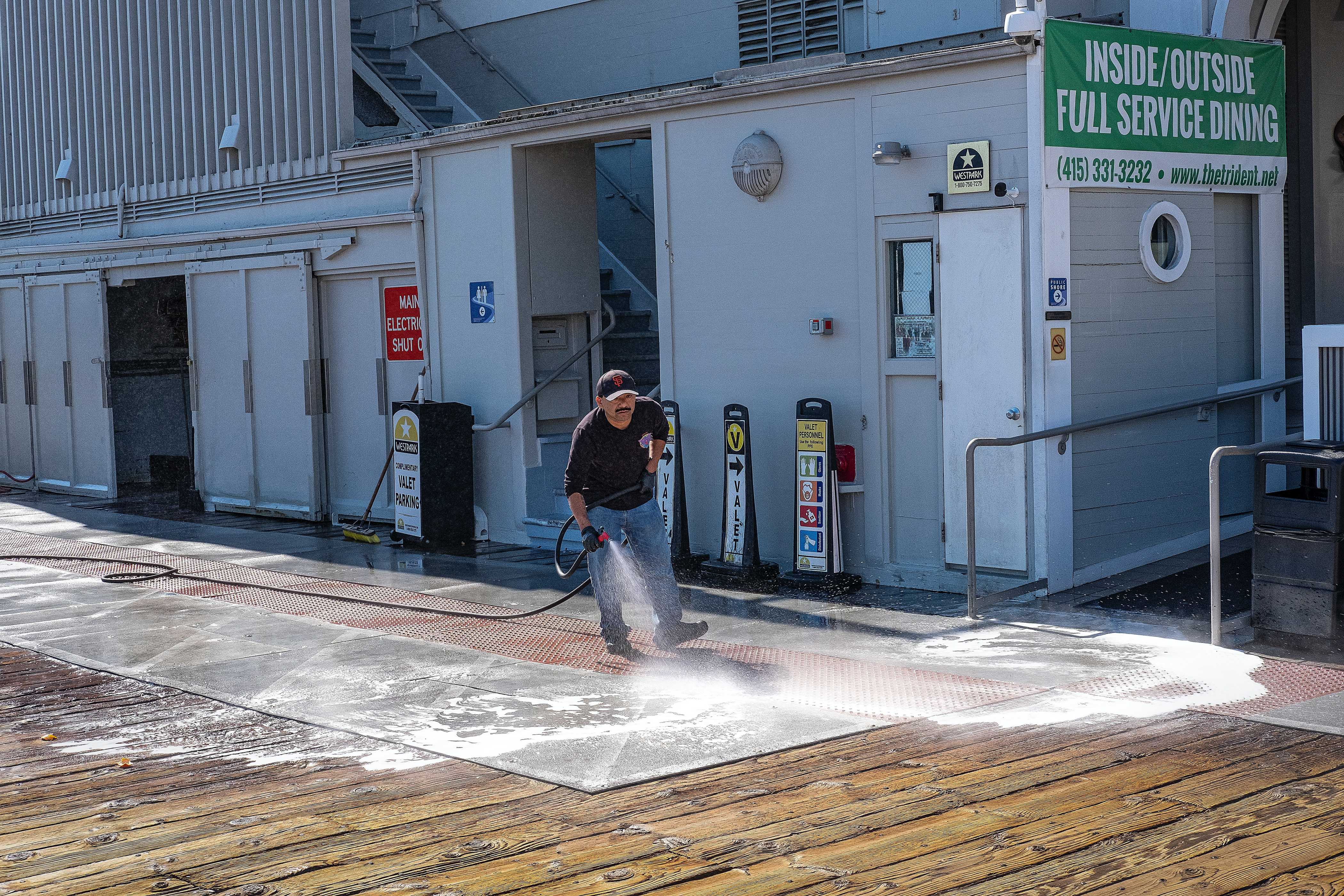As a leading manufacturer of high-quality tarpaulins, we understand the importance of regular cleaning to keep them in optimal condition. Whether you use tarpaulins for construction sites, outdoor events, or equipment coverings, following proper cleaning techniques will help extend their lifespan and preserve their performance. In this article, we will provide you with expert tips and step-by-step instructions on how to effectively clean your tarpaulins.

Different tarpaulin materials, such as PVC, canvas, or polyethylene, require specific cleaning methods. Understanding the characteristics of each material will help you choose the most suitable cleaning techniques for your tarpaulins.
To clean your tarpaulins effectively, you will need the following materials:

Mild soap or detergent
Soft-bristle brush or sponge
Water source (hose or bucket)
Non-abrasive cleaning cloth
Stiff broom or mop (for larger tarpaulins)
Eco-friendly or specialized cleaning solutions (optional)
Cleaning your tarpaulin in the proper location is crucial for achieving optimal results. Consider the following factors when selecting a location:
Adequate space to spread out the tarpaulin for cleaning
Access to a water source for rinsing
Protection from direct sunlight (to prevent premature drying of cleaning solutions)
Drainage to avoid pooling water
Follow these steps to clean your tarpaulin effectively:
1. Remove loose debris: Use a broom or soft brush to remove any loose dirt, leaves, or debris from the tarpaulin's surface.
2. Prepare cleaning solution: Mix mild soap or detergent with water in a bucket, following the manufacturer's instructions if using specialized cleaning solutions.
3. Apply cleaning solution: Dip the soft-bristle brush or sponge into the cleaning solution and gently scrub the tarpaulin's surface in circular motions. Focus on areas with stains or stubborn dirt.
4. Rinse thoroughly: Use a hose or clean water to rinse the tarpaulin thoroughly, removing all traces of the cleaning solution. Ensure no soap residue remains.
5. Spot clean if necessary: For tougher stains or spots, apply a small amount of undiluted mild soap directly to the area and gently scrub with a soft brush or sponge. Rinse thoroughly.
6. Dry properly: Allow the tarpaulin to air dry completely in a shaded area or hang it up using non-abrasive clips or hooks. Avoid folding or storing it while damp, as this can lead to mould or mildew growth.
7. Store in a clean and dry location: Once the tarpaulin is fully dry, fold it neatly and store it in a cool, dry place away from direct sunlight and extreme temperatures. Use a breathable cover if necessary.
While the above steps are suitable for most tarpaulins, there are alternative cleaning methods you can consider:
Pressure washing: Utilize a pressure washer with a low-pressure setting to remove stubborn dirt or grime. Be cautious not to use excessive pressure that could damage the tarpaulin.
Machine washing: If applicable, follow the manufacturer's instructions for machine washing your tarpaulin using a gentle cycle and mild detergent.
Regular cleaning provides an opportunity to inspect your tarpaulin for any signs of damage or wear. Look for tears, punctures, or weak spots that may compromise its integrity. Promptly repair or replace any damaged tarpaulins to maintain their functionality.
Regular cleaning of your tarpaulins offers several benefits:
Extended lifespan: Proper cleaning and maintenance can significantly extend the life of your tarpaulins, saving you money on frequent replacements.
Improved performance: Clean tarpaulins maintain their original functionality, ensuring maximum protection and performance.
Aesthetically pleasing: Cleaning removes dirt and stains, enhancing the visual appeal of your tarpaulins.
Preventative care: Regular cleaning allows you to identify and address potential issues early, preventing further damage or deterioration.
By following the steps and tips outlined in this comprehensive guide, you can effectively clean and maintain your tarpaulins for long-lasting durability and optimal performance. Regular cleaning not only enhances their appearance but also extends their lifespan, saving you time and money in the long run. Incorporate these cleaning practices into your routine to ensure your tarpaulins continue to serve you well for years to come. For customized tarpaulins and expert advice, contact us.